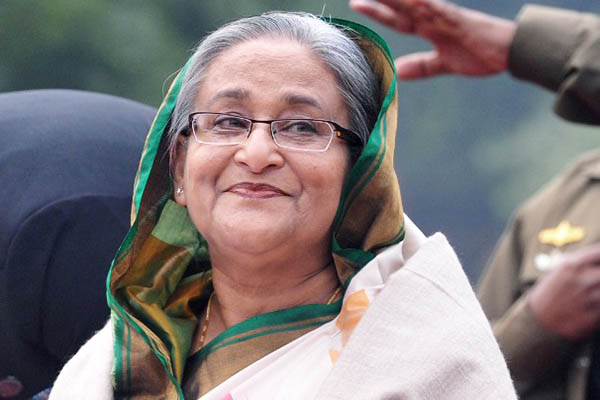
File photo. AFP
With Pakistan once again facing an economic crisis, analysts have started looking to Bangladesh—once a part of Pakistan—and its relative economic prosperity for lessons that can be learnt. One potential reason for Bangladesh’s success compared to Pakistan might be cultural: literacy in general and female literacy in particular.
Pakistan’s literacy rate was 62.3 percent in 2020 compared to Bangladesh’s 74.9 percent. Dhaka has especially made strides in its adult literacy; in 1980, Bangladesh was slightly ahead of Pakistan in adult literacy, but this gap widened in 2018 with nearly 75 percent of all adults in Bangladesh considered literate compared with about 60 percent in Pakistan.
At the primary level, Bangladesh’s gross enrolment rate increased from 84 percent in 1980 to 116 percent in 2018, compared to Pakistan’s jump from 59 to 94 percent. In secondary schools, Bangladesh’s enrolment rate increased from 21 percent in 1980 to 73 percent in 2018 while Pakistan’s expanded from 25 to 43 percent. Most notably, female enrolment in secondary schools of both countries was around 14 percent in 1990, but has since increased to 78 percent in Bangladesh and just 39 percent in Pakistan. Women in Pakistan have, thus, clearly been left behind.
A year before its inception, Dhaka lost 500,000 of its citizens to a cyclone, which was followed by the 1971 civil war. Despite starting from a worse-off position in 1971, Bangladesh prospered by focusing on education. It now has a near-universal net primary enrolment, with approximately 98 percent of its more than 18 million children enrolled in school. By contrast, a major cause of concern at Pakistan’s state-run primary schools is absent teachers and “ghost schools.”
The literacy gap is reflected in public spending on education, with Pakistan in 2021 spending 1.7 percent of GDP on education-related projects compared to Bangladesh’s 2.1 percent; the U.N. recommends at least 4 percent of a country’s GDP should be dedicated to education. Pakistan’s lawmakers maintain the country lacks the resources to spend more on education. However, the country’s persistent refusal to increase its budgeted allocation for education has only served to feed its economic crunch, leaving it with a balance-of-payments crisis as neighboring India and Bangladesh both boast enviable foreign exchange reserves.
